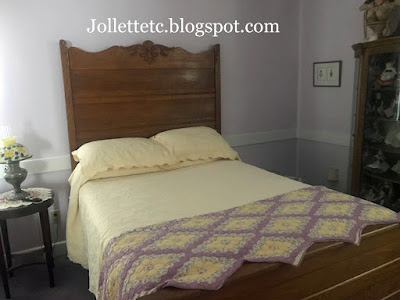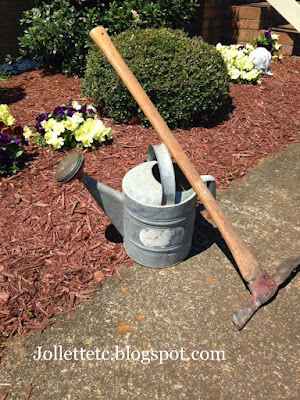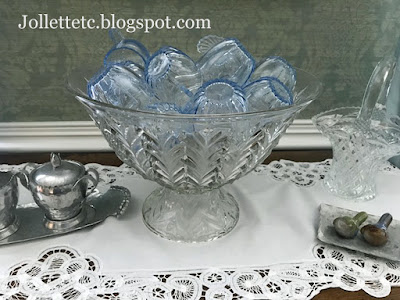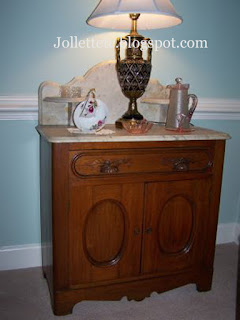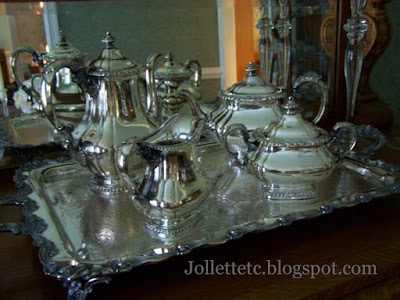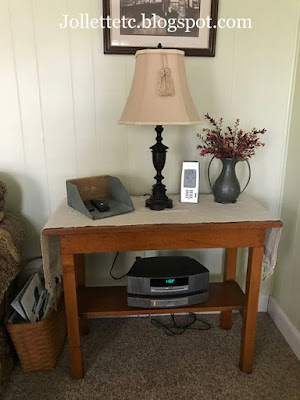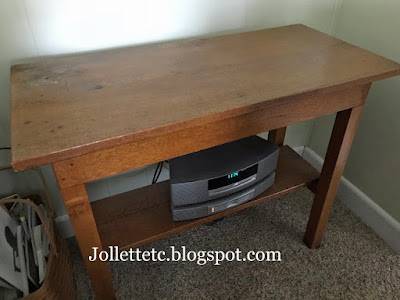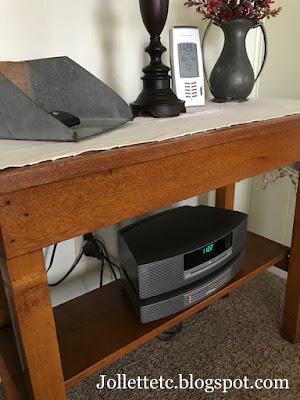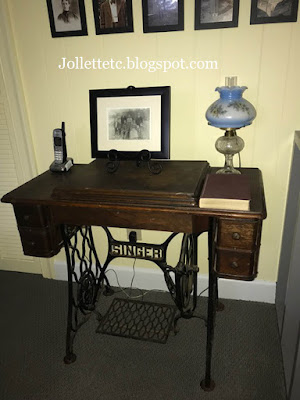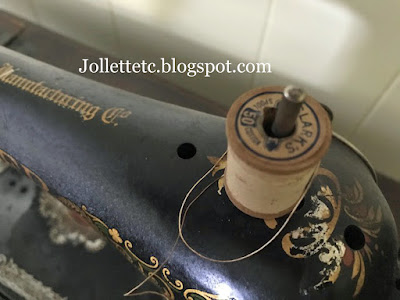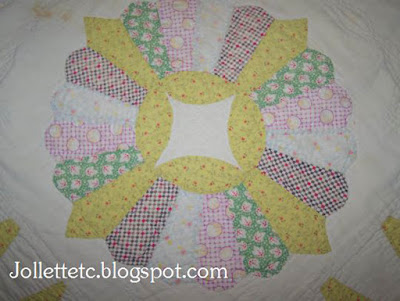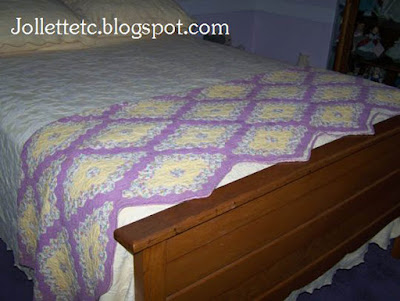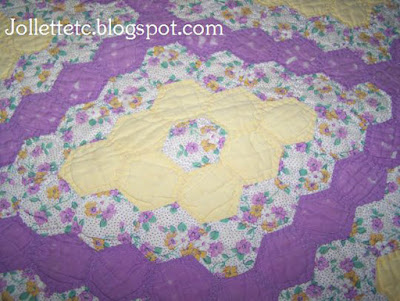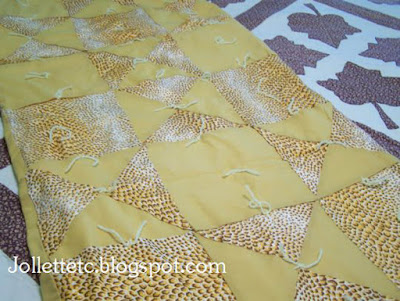When my sister and I cleaned out our parents’ home, we
had to make many decisions about what to do with all the stuff. Which things are
truly “valuable” and which have only sentiment in their favor? Should we sell
it, keep it, or throw it away? To help ensure a future for our family’s
heirlooms, I plan to leave a booklet for my daughters telling the stories of
what they will inherit one day. (Not TOO soon, I hope!) With this challenge I
begin my book of Heirlooms.
is for the ZZZZZZZ we enjoy when sleeping in high back oak
beds inherited from my grand aunt Violetta Davis Ryan. I do not recall ever
seeing them in her home, but I do recall her saying she had old beds in a shed
behind one of her apartment buildings. Something about former tenants leaving
them behind, maybe? Or maybe they had been in her family? I really don’t know.
I only know that my mother was the next owner. She used
the beds in her guest rooms. Now I have them. After my girls moved out, the
beds moved in to make pretty little guest rooms.
However, like most antique beds, they are full size (also
known as a double bed). I know of no married couple that owns a full bed
anymore. Queens and kings are what modern couples are used to. That is why I
bought a new queen bed for one guest room. The other rooms with the high back
oak beds are fine for children.
 |
| Whew - that room was a mess! I do not know what memory I was trying to capture here. |
In addition to these two beds, we have another high back
and a cannon ball rope bed in the attic. The ¾ rope bed was my daughter’s “big
girl bed” after she graduated out of her crib to make room for her baby sister.
The bar at the foot end rolled so that people could roll their blankets and
quilts onto it.
The bed frame has knobs around which ropes originally
were tied to support a mattress. People routinely tightened the ropes for
better support. The expression “Sleep tight” comes from these beds. Of course,
we didn’t use ropes – we attached metal braces to hold the box spring and mattress
which we had cut down from a full to ¾. When she was little, we used a safety
rail since that mattress was pretty high off the floor.
OK, I have completed the challenge. Now give me that A-to-Z
Survivor Badge. It’s time to catch some zzzzzzzzzs.
Wendy
© 2018, Wendy Mathias. All rights reserved.



